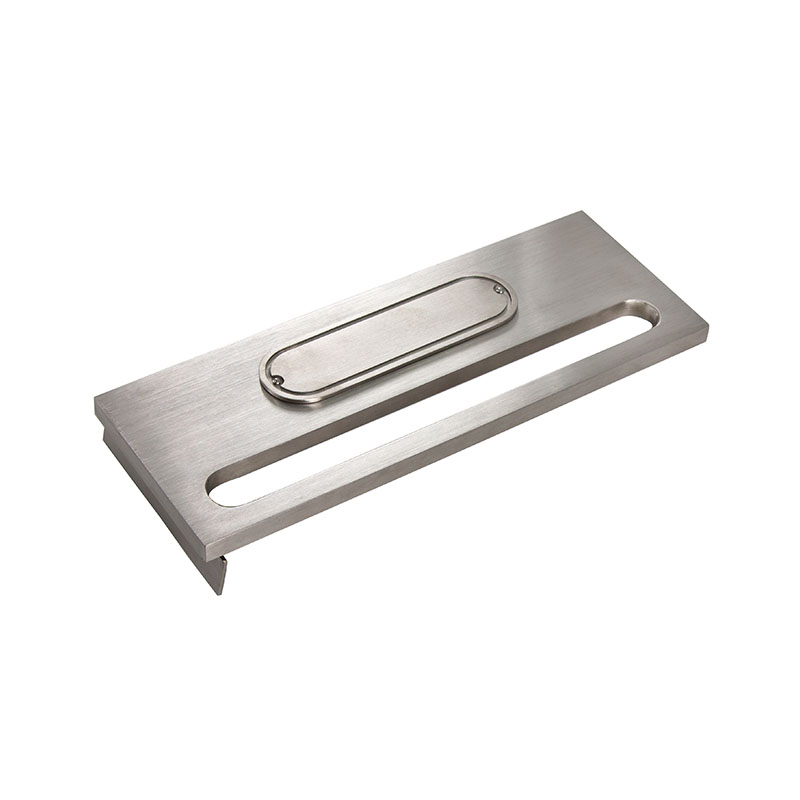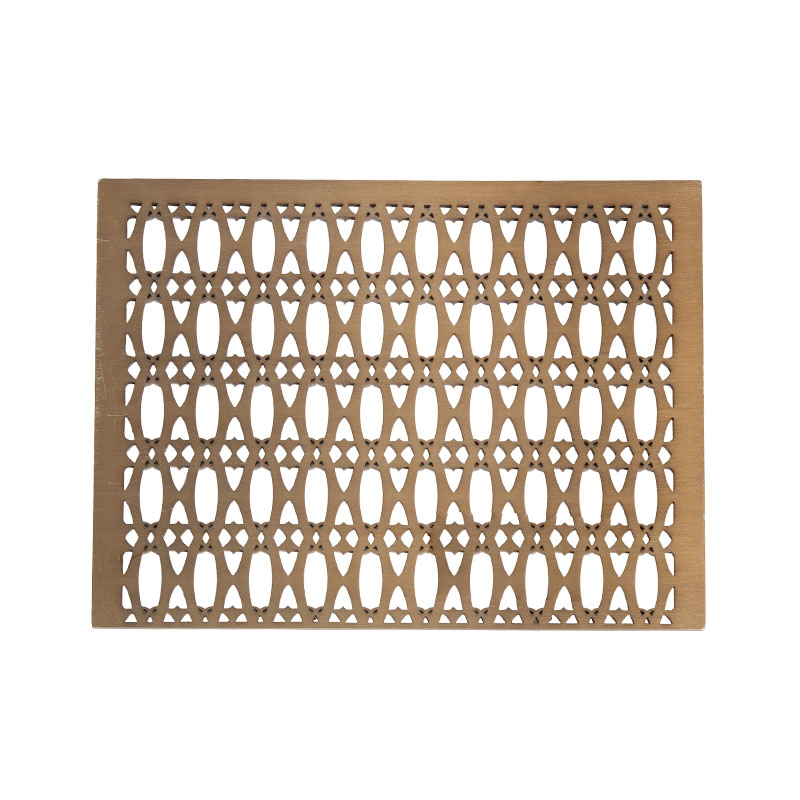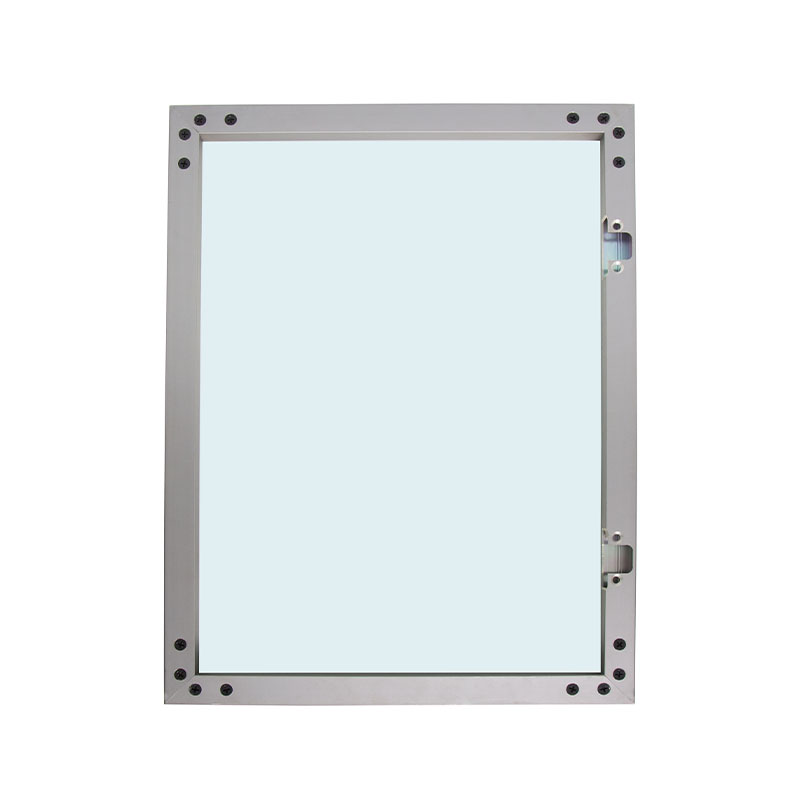How does screen help divide space and enhance privacy in interior design?
Release Time : 2025-07-16
In modern interior design, as people's requirements for the comfort and functionality of the living environment increase, flexible space layout has become an increasingly important design consideration. As a partition tool that is both practical and decorative, screen is playing an important role in home and office environments with its unique form and function. It can not only effectively divide space, but also enhance privacy without destroying the overall sense of transparency, making it an ideal choice for achieving "flexible partition".
1. Basic functions of screen: flexibility of space division
Although traditional walls can effectively divide space, their fixedness and immobility often limit the flexibility of space. In contrast, the biggest advantage of screen is its mobility and modular design, which can freely adjust the position and angle according to actual needs to achieve dynamic space division. For example, in large open offices, companies often use screens to divide office areas into different work groups or collaboration units. This approach can maintain visual independence without completely blocking sound and sight, thereby maintaining team privacy while facilitating communication and collaboration between members. In addition, when the office layout needs to be adjusted, the re-division can be completed by simply moving the screen, which greatly improves the adaptability of the space.
2. Clever application in home: improving the sense of hierarchy and privacy
In the home environment, the screen also shows strong practical value. Especially in small-sized houses or LOFT-style spaces, the space is easy to appear messy due to the lack of sufficient wall structure. At this time, using screens to divide functional areas becomes a solution that is both beautiful and efficient. For example, the screen can be used to softly separate the living room and the dining room, making the two areas visually independent while maintaining an open interactive atmosphere; setting a screen between the bedroom and the rest area can provide a certain degree of cover for the sleeping area without closing the space, thereby enhancing privacy. Such a design not only meets the functional requirements, but also enriches the sense of hierarchy of the space and makes the overall layout more beautiful.
3. Material and design affect the degree of privacy
The privacy performance of the screen is closely related to its material, height, density and pattern design. Different types of screens are suitable for different privacy needs:
Fully enclosed wooden or fabric screens: suitable for scenes that require high privacy protection, such as dressing rooms, study rooms, etc.
Hollow or translucent screens (such as bamboo, glass, acrylic): more suitable for spaces that pursue transparency and light flow, such as the transition area between the living room and the dining room;
High-density fabric or thickened paper screens: have good sound insulation effects and can reduce noise interference to a certain extent;
Screens with patterns or colors: can not only be used as decorative elements, but also reduce the clear observation of the interior space by the outside world through visual interference.
Designers usually choose the appropriate screen type according to the functional positioning of the space and the specific needs of the user to achieve the best balance between privacy and beauty.
4. Take into account both beauty and functionality to improve the overall space quality
In addition to practical functions, screens are also highly expressive decorative elements in interior design. It can be a Chinese-style carved wooden screen, a modern and simple metal grid structure, or even a creative device combining lighting and artistic patterns. Through clever design, screen can not only play the role of space separation, but also become the visual focus of space, improving the overall decoration grade. For example, in some high-end hotels or commercial spaces, customized screens that integrate brand culture or art themes are often seen. They are not only functional partitions, but also part of the artwork, enhancing the cultural atmosphere and individual expression of the space.
5. Wide range of applications to meet diverse needs
From home life to commercial space, from private residences to public areas, the application scenarios of screen are very wide, covering almost all occasions that require space division and privacy protection:
In home space, it can be used to divide bedrooms and work areas, children's rooms and play areas; in office places, it can be used to create temporary meeting rooms and employee workstation isolation; in commercial spaces, such as cafes, exhibition halls, wedding sites, etc., it can also be used as a background wall, display partition or temporary enclosure area;
In hospitals or clinics, screen can also be used for temporary shielding when patients are examined or changing dressings to protect patient privacy.
Screen is not just a piece of furniture, but also a flexible space solution. Through its clever design, it achieves the dual goals of effective space division and privacy protection, while also continuously integrating modern technology and aesthetic concepts to bring new vitality. Whether it is creating a warm and private living atmosphere at home or improving efficiency and collaboration experience in an office environment, screen has demonstrated its irreplaceable value.
1. Basic functions of screen: flexibility of space division
Although traditional walls can effectively divide space, their fixedness and immobility often limit the flexibility of space. In contrast, the biggest advantage of screen is its mobility and modular design, which can freely adjust the position and angle according to actual needs to achieve dynamic space division. For example, in large open offices, companies often use screens to divide office areas into different work groups or collaboration units. This approach can maintain visual independence without completely blocking sound and sight, thereby maintaining team privacy while facilitating communication and collaboration between members. In addition, when the office layout needs to be adjusted, the re-division can be completed by simply moving the screen, which greatly improves the adaptability of the space.
2. Clever application in home: improving the sense of hierarchy and privacy
In the home environment, the screen also shows strong practical value. Especially in small-sized houses or LOFT-style spaces, the space is easy to appear messy due to the lack of sufficient wall structure. At this time, using screens to divide functional areas becomes a solution that is both beautiful and efficient. For example, the screen can be used to softly separate the living room and the dining room, making the two areas visually independent while maintaining an open interactive atmosphere; setting a screen between the bedroom and the rest area can provide a certain degree of cover for the sleeping area without closing the space, thereby enhancing privacy. Such a design not only meets the functional requirements, but also enriches the sense of hierarchy of the space and makes the overall layout more beautiful.
3. Material and design affect the degree of privacy
The privacy performance of the screen is closely related to its material, height, density and pattern design. Different types of screens are suitable for different privacy needs:
Fully enclosed wooden or fabric screens: suitable for scenes that require high privacy protection, such as dressing rooms, study rooms, etc.
Hollow or translucent screens (such as bamboo, glass, acrylic): more suitable for spaces that pursue transparency and light flow, such as the transition area between the living room and the dining room;
High-density fabric or thickened paper screens: have good sound insulation effects and can reduce noise interference to a certain extent;
Screens with patterns or colors: can not only be used as decorative elements, but also reduce the clear observation of the interior space by the outside world through visual interference.
Designers usually choose the appropriate screen type according to the functional positioning of the space and the specific needs of the user to achieve the best balance between privacy and beauty.
4. Take into account both beauty and functionality to improve the overall space quality
In addition to practical functions, screens are also highly expressive decorative elements in interior design. It can be a Chinese-style carved wooden screen, a modern and simple metal grid structure, or even a creative device combining lighting and artistic patterns. Through clever design, screen can not only play the role of space separation, but also become the visual focus of space, improving the overall decoration grade. For example, in some high-end hotels or commercial spaces, customized screens that integrate brand culture or art themes are often seen. They are not only functional partitions, but also part of the artwork, enhancing the cultural atmosphere and individual expression of the space.
5. Wide range of applications to meet diverse needs
From home life to commercial space, from private residences to public areas, the application scenarios of screen are very wide, covering almost all occasions that require space division and privacy protection:
In home space, it can be used to divide bedrooms and work areas, children's rooms and play areas; in office places, it can be used to create temporary meeting rooms and employee workstation isolation; in commercial spaces, such as cafes, exhibition halls, wedding sites, etc., it can also be used as a background wall, display partition or temporary enclosure area;
In hospitals or clinics, screen can also be used for temporary shielding when patients are examined or changing dressings to protect patient privacy.
Screen is not just a piece of furniture, but also a flexible space solution. Through its clever design, it achieves the dual goals of effective space division and privacy protection, while also continuously integrating modern technology and aesthetic concepts to bring new vitality. Whether it is creating a warm and private living atmosphere at home or improving efficiency and collaboration experience in an office environment, screen has demonstrated its irreplaceable value.







